Forestry on farms in Indonesia Supporting government initiatives through profits for smallholders
However, with 40 million hectares of potential land available, the uptake by farmers has been relatively low. Why? Timber profits just haven’t been that good for farmers.
So, in 2011, CIFOR’s Dede Rohadi and his colleagues joined the ACIAR-funded Community-based Commercial Forestry Project. The team aimed to identify barriers to good returns and use that knowledge to reinvent business-as-usual in smallholder forestry.
With the project coming to an end in 2014, changes to policy have been made with smallholders in mind, and the impact on the ground looks set to spread.
Overcoming Constraints to Community-Based Commercial Forestry in Indonesia
Funding partner:
The Australian Centre for International Agricultural Research (ACIAR)
Partner:
The Australian National University; Forestry Research and Development Agency, Ministry of Forestry of Indonesia; The University of Gajah Mada; The World Wide Fund for Nature (WWF) Nusa Tenggara; Trees4Trees; local governments in Gunungkidul, Pati, Sumbawa, Bulukumba and South Konawe; and community groups
These changes are only the beginning; if it continues, more and more smallholders will integrate forestry into their farms.
The business and the barriers

This farmer sets aside 10% of his land for growing teak, which he uses as a type of savings account — selling it when in need of cash. However, this weakens his bargaining power, and often means his trees are still small at the time of sale.
He also doesn't have the cash or training to process the timber, so the wood is sold as a tree, which is often crooked or has defects. Finally, the middleman the farmer sells to subtracts the mounting costs of meeting timber trade regulations from the final payout.
The farmer wonders if he should have stuck with growing crops.
Changing business-as-usual
| From the top | On the ground |
|---|---|
GoalMake selling timber less complicated and less expensive by simplifying regulations for smallholders. |
GoalImprove farmers’ timber value and bargaining power. |
ActionThe team leveraged their partnerships and strong data to get the message to policy-makers, including presenting the key findings at an international conference organized by Indonesia’s Forestry Research and Development Agency. |
Action
|
ChangeThe Ministry of Industry and Trade announced a new regulation that simplified the previously time-consuming and expensive documentation required for smallholders to sell their timber. |
ChangeAfter a training session, a farmer invited Dede and the team to make specific recommendations for his teak plantation. As with this farmer, Dede believes others are motivated to learn and that the knowledge and techniques are spreading. |
Related publications



